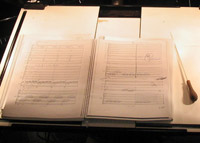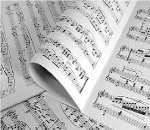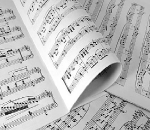All About Orchestrations

We use abbreviations to list the instrumentation required for each work. The abbreviations are listed in the following order (which reflects the order of instrumentation found in most orchestral scores, working from the top of the page downwards)
Firstly woodwind (e.g. 2.2.2.2. indicates 2 flutes, 2 oboes, 2 clarinets, 2 bassoons), then brass (e.g. 4.2.3.1. indicates 4 horns, 2 trumpets, 3 trombones, 1 tuba), followed by timpani (timp), percussion (perc), harp (hp), celeste (cel) and other instruments which are fairly self explanatory, then finally strings (stgs) an abbreviation for the string section (violins I,II, violas, celli, and bassi).
If a number is followed by a bracket, this indicates that a player doubles on another instrument, e.g. 2(p) indicates that one of the two flautists doubles on piccolo. Other abbreviations of doublings are as follows: cor anglais (ca), bass clarinet (bs), contra bassoon (cbsn). A number followed by + indicates that rather than doubling, an extra player is required for that instrument (2+bs) indicates that 2 clarinets plus a bass clarinet are needed.
For a very large orchestra you might find 3+p.2+ca.Eb+2+bs.2+cbsn-4+4(W.Tba).2+2(cts).3+c.bass.1.-timpsx2.percx4.harpsx2.piano-strings. Using the guidelines above, you should be able to work out what is required.





